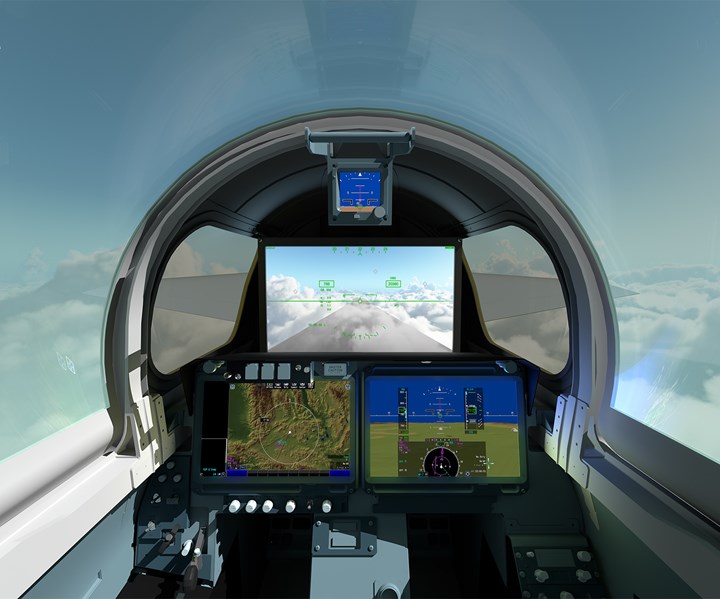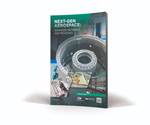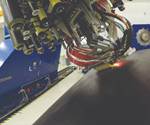Collins Aerospace to supply OOA control surfaces for X-59 supersonic aircraft
Out-of-autoclave composite flaps, ailerons and rudder meet Lockheed Martin's schedule and cost targets for NASA low-boom flight demonstrator.

Source | Collins Aerospace, NASA, Lockheed Martin
Collins Aerospace Systems, a unit of United Technologies Corp. (Farmington, Conn., U.S.), has been selected by Lockheed Martin (Ft. Worth, Texas, U.S.) to provide the Environmental Control Systems (ECS), flaps, ailerons and rudder for the X-59 Quiet Supersonic Technology (QueSST) demonstrator aircraft.
Lockheed Martin Skunk Works is developing the X-59 for NASA to collect data that could make supersonic commercial travel over land possible through low sonic boom technology. The aircraft is designed to cruise at 55,000 feet at a speed of about 940 mph — higher and faster than current commercial airliners. It is expected to take its first flight in 2021.
Collins Aerospace's Aerostructures business will provide crucial flight control surfaces including flaps, ailerons and rudder for the X-59, working with Lockheed Martin on a cost-effective, out-of-autoclave process that meets Lockheed Martin's production schedule.
“The X-59 has the potential to completely disrupt commercial air travel and forever change the way we move around the world,” says Henry Brooks, president of customer and account management at Collins Aerospace.
Collins Aerospace says that its ECS will play an integral role in maintaining temperature and pressure for the X-59's pilot and equipment while the aircraft is flying faster than Mach 1. The system will comprise the engine bleed air system, air conditioning system and cockpit pressure control system. Because versions of Collins Aerospace’s ECS technology are currently flying on multiple commercial and military platforms and the system is already proven, Lockheed Martin says using this technology will reduce development time for the X-59. Announced earlier this year, Collins will also provide the avionics for the aircraft.
“At Collins Aerospace, these are exactly the kinds of initiatives we're committed to supporting as we redefine aerospace. We're proud to collaborate with Lockheed Martin and NASA to provide these critical systems that are integral to the X-59's success,” says Brooks.
Related Content
-
Bladder-assisted compression molding derivative produces complex, autoclave-quality automotive parts
HP Composites’ AirPower technology enables high-rate CFRP roof production with 50% energy savings for the Maserati MC20.
-
Airbus works to improve the life cycle of composites in future aircraft
This companion article to CW's September 2024 Airbus Illescas plant tour discusses recycling, LCA, biocomposites, Fast Track technologies, qualification and more.
-
Composites end markets: Sports and recreation (2025)
The use of composite materials in high-performance sporting goods continues to grow, with new advancements including thermoplastic and sustainability-focused materials and automated processes.
.jpg;width=70;height=70;mode=crop)





